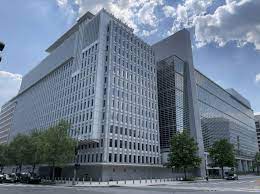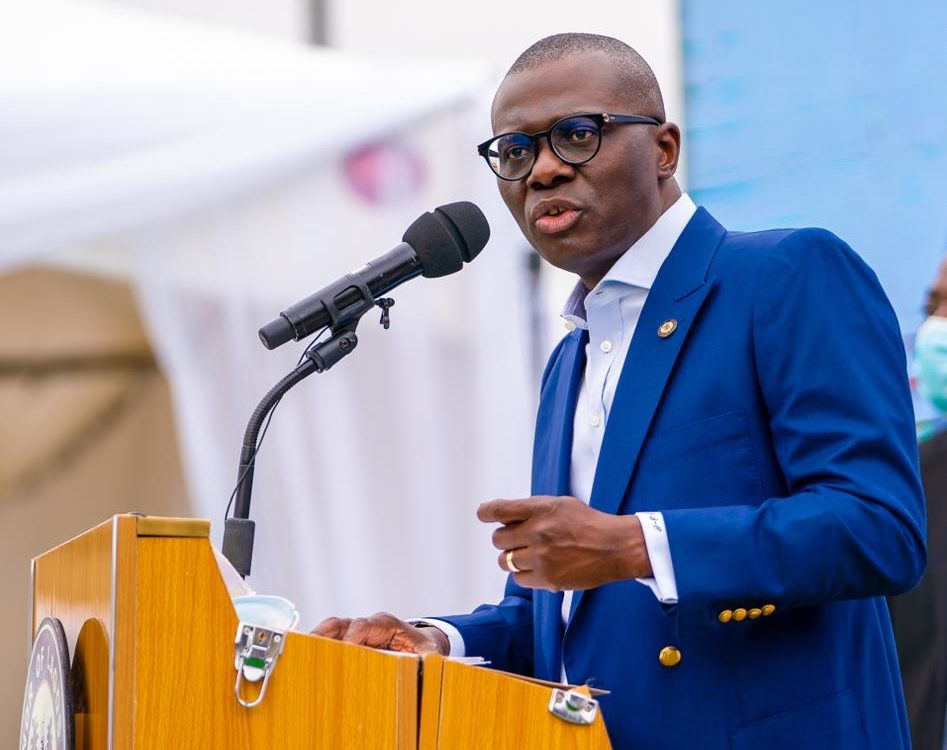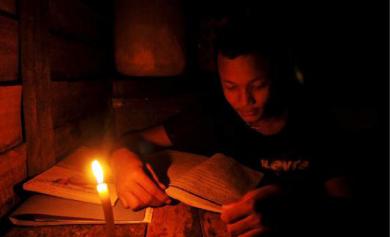 OpeOluwani Akintayo
OpeOluwani Akintayo
02 May 2018, Sweetcrude, Lagos – The International Energy Agency, IEA, has said the power sector is responsible for about 40% of energy-related greenhouse-gas emissions.
The statement was made at a recent workshop on the future of electricity held by the group.
According to the organisation, the power sector is not only responsible for close to 40% of energy-related greenhouse-gas emissions, but also 60% of coal use and 36% of natural gas use.
IEA explained that the reason for this is because the nature of electricity supply is undergoing a major transition, from a century-old foundation of dispatchable fossil fuels to cheaper variable renewables, with related market reforms underway.
It hinted that due to the above critical points, the future of electricity will be the “fuel” focus of the next World Energy Outlook, the agency’s flagship publication, to be released in mid-November.
As part of an agency-wide effort on this WEO electricity focus, the IEA hosted a high-level workshop in Paris on Tuesday, bringing together decision-makers and leading experts from around the world to provide strategic guidance on the analysis and share their experience. The workshop marked a high point in the IEA’s “Year of Electricity,” examining various aspects of the transformation of the electricity sector this year.
The workshop was attended by representatives from 75 organisations, covering a wide range from government, industry, utilities, manufacturers, downstream, consulting, industry associations, research, and academia. It also included a broad regional coverage, with participants representing more than 40 countries, from the IEA family and beyond.
According to the group, the future looks bright for electricity, which is set to grow at twice the rate of overall energy demand to 2040.
In 2016, total power sector investment surpassed that of oil and gas for the first time, propelled by renewables, mostly solar and wind.
Meanwhile, 1.1 billion people still lack access to electricity globally, with new demand coming from electric mobility, digitalisation, cooling, and heating.



